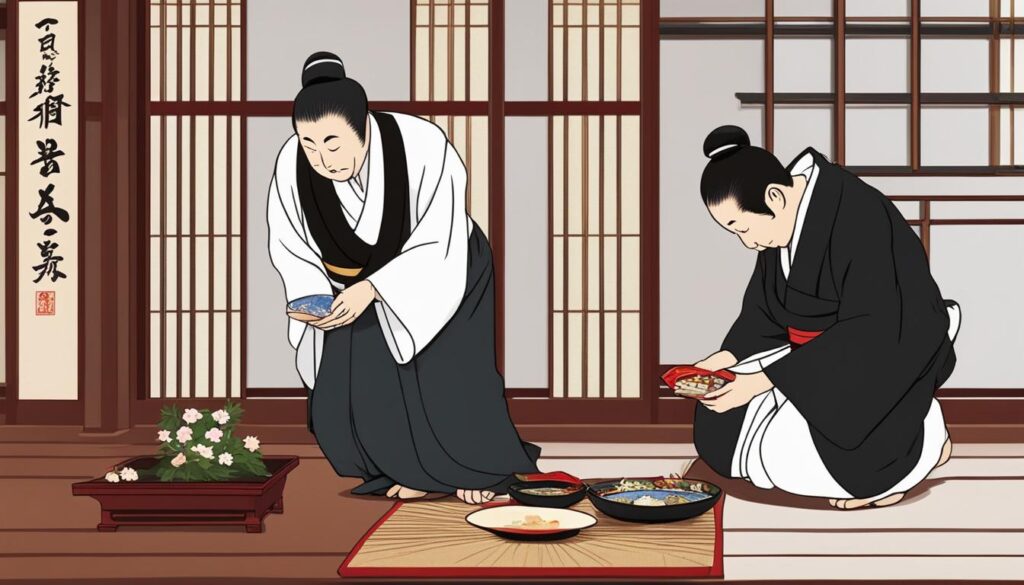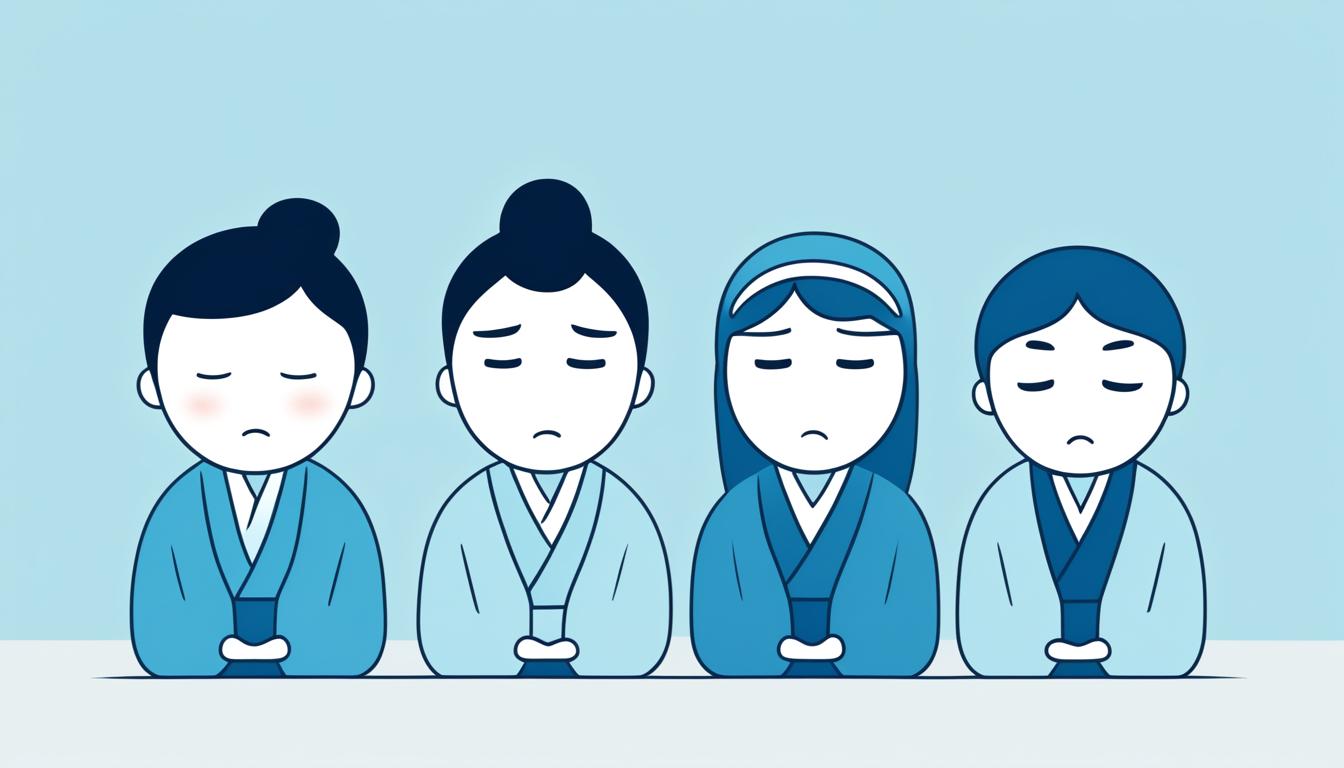In this article, we will explore the various ways to convey a sense of emptiness and silence in the Japanese language. Learning how to say “nothing” in Japanese can be a challenge due to cultural norms and the importance of maintaining harmony in conversations. However, there are several phrases and expressions that can be used to effectively communicate the concept of “nothing” in Japanese.
When it comes to expressing “nothing” in Japanese, it’s important to understand the language’s unique grammar and structure. In Japanese, the word for “nothing” is often implied rather than directly stated. Instead of a specific word for “nothing,” the focus is on using context and expressions to convey the intended meaning.
To pronounce the equivalent word for “nothing” in Japanese, you can use the word “nai” (ない), which means “not.” This word can be used to express the absence or negation of something. For example, if you want to say “I have nothing,” you can say “nani mo nai” (何もない). The phrase “nani mo” means “nothing” and “nai” means “not.”
The writing of the word “nothing” in Japanese can be done using the kanji characters “無” (mu) and “何もない” (nanimo nai). The kanji character “無” means “nothing” or “emptiness” and can be used in various contexts to convey the concept of nothingness.
Understanding the contextual and cultural usage of the word “nothing” in Japanese is important. In Japanese culture, direct expressions of “nothing” or refusing something outright are often considered impolite. Instead, it is more common to use indirect phrases that convey a sense of emptiness or silence. It’s important to consider the relationship and level of formality when choosing the appropriate phrase to use.
The Basic Ways to Say No in Japanese
When it comes to saying “no” in Japanese, the most common word used is “いいえ” (iie). However, it is important to note that this word is primarily used for corrections or when denying a statement. In most conversational situations, a direct “no” is considered impolite in Japanese culture.
Instead, there are several indirect phrases that can be used to politely decline or refuse something. These phrases allow you to express your disagreement or refusal without causing offense. Here are some commonly used phrases:
- ちょっと (chotto): This phrase can be used to express hesitation or suggest that something is a bit difficult for you. It can imply a polite refusal without explicitly saying “no.”
- だめ (dame): This word can be used to express that something is not acceptable or not allowed. It can be used to politely refuse a request or proposition.
- 無理 (muri): This phrase conveys the idea of something being impossible or unreasonable. It can be used to politely decline a request or express that something is beyond your capabilities.
By using these indirect phrases, you can navigate social situations with tact and respect for Japanese cultural norms. Remember, the key is to maintain harmony in conversations and show consideration for the feelings of others.
If you are interested in learning more about the Japanese language and culture, continue reading to discover polite ways to say no in Japanese, how to express indirect refusal, and how saying no can vary depending on the context.
Polite Ways to Say No in Japanese

When it comes to refusing something or declining an invitation in a polite manner, there are several phrases that can be used in Japanese. These include “すみません” (sumimasen), which can be used to express regret when saying no, and “結構です” (kekko desu), which means “no, thank you.” These phrases help to soften the refusal and show respect for the person making the request.
If someone offers you something or invites you to do something you don’t want to do, you can use “すみません” (sumimasen) to politely decline. This phrase conveys a sense of regret and appreciation for the offer, without directly saying “no.” It’s important to maintain harmony and preserve relationships in Japanese culture, and using polite phrases like “すみません” helps achieve that.
Another way to politely decline an invitation is by using “結構です” (kekko desu), which can be translated as “no, thank you” or “I’m fine.” This phrase is often used to respectfully decline offers or invitations while expressing gratitude for the gesture. It acknowledges the thoughtfulness behind the invitation without explicitly saying “no.”
In Japanese culture, politeness and respect are highly valued, and this extends to the way one refuses or declines something. By using phrases like “すみません” (sumimasen) or “結構です” (kekko desu), you can politely convey your refusal while maintaining the harmony of the conversation and showing respect for the person making the request.
Expressing Indirect No in Japanese
In addition to the more direct phrases, there are also indirect ways to say “no” in Japanese. These phrases imply a refusal without explicitly stating it. Some examples include:
| Phrase | Meaning |
|---|---|
| ちょっと | That’s a little difficult |
| 違う | That’s different |
These phrases allow for a more subtle and nuanced way of declining or expressing disagreement. By using these indirect expressions, you can politely convey a negative response without causing any unnecessary tension or offense in the conversation.
In the next section, we will explore different ways to say no in various contexts in Japanese, taking into account the appropriate level of formality and cultural considerations. Stay tuned!
Saying No in Different Contexts in Japanese
The way “no” is expressed in Japanese can vary depending on the context. For example, in casual situations with friends and family, phrases like “いや” (iya) and “ううん” (uun) are commonly used. On the other hand, in more formal or business settings, phrases like “厳しいです” (kibishii desu) and “難しいです” (muzukashii desu) are more appropriate. It’s important to consider the relationship and level of formality when choosing the right phrase to use.
When interacting with close friends and family members, a casual and familiar tone is often preferred. In these situations, expressions like “いや” (iya), meaning “no,” and “ううん” (uun), meaning “uh-uh” or “nope,” are commonly used. These phrases convey a friendly and informal refusal without being too direct.
In contrast, in formal or business settings, it is important to maintain a respectful and professional tone. When saying “no” in these contexts, it is appropriate to use phrases like “厳しいです” (kibishii desu), meaning “it’s strict” or “it’s difficult,” and “難しいです” (muzukashii desu), meaning “it’s hard.” These expressions acknowledge the request or proposal while respectfully declining it.
Table: Different Ways to Say No in Japanese
| Context | Phrase | Meaning |
|---|---|---|
| Casual | いや | No |
| Casual | ううん | Nope/Uh-uh |
| Formal/Business | 厳しいです | It’s strict/difficult |
| Formal/Business | 難しいです | It’s hard |
Using the appropriate phrase in each context demonstrates an understanding of Japanese culture and social dynamics. Whether it’s a casual conversation with friends or a formal interaction in a professional setting, knowing how to say “no” in Japanese allows for effective communication while maintaining politeness and respect.
Cultural Considerations when Saying No in Japanese
When saying “no” in Japanese, it’s important to be aware of the cultural norms and etiquette surrounding refusals. In Japanese culture, direct refusals can be considered impolite and may disrupt the harmony of a conversation. Instead, using indirect phrases and employing politeness is the preferred approach when declining or refusing something.
Japanese society places a strong emphasis on maintaining harmonious relationships and preserving “wa” or social harmony. This means that saying “no” directly can be seen as confrontational or rude. Therefore, a more indirect and polite way of expressing refusal is preferred.
Body language and facial expressions also play a crucial role in conveying meaning when declining or expressing disagreement. The Japanese are known for their nonverbal communication skills, so being mindful of your body language and facial expressions is essential to ensure your message is conveyed properly and respectfully.

